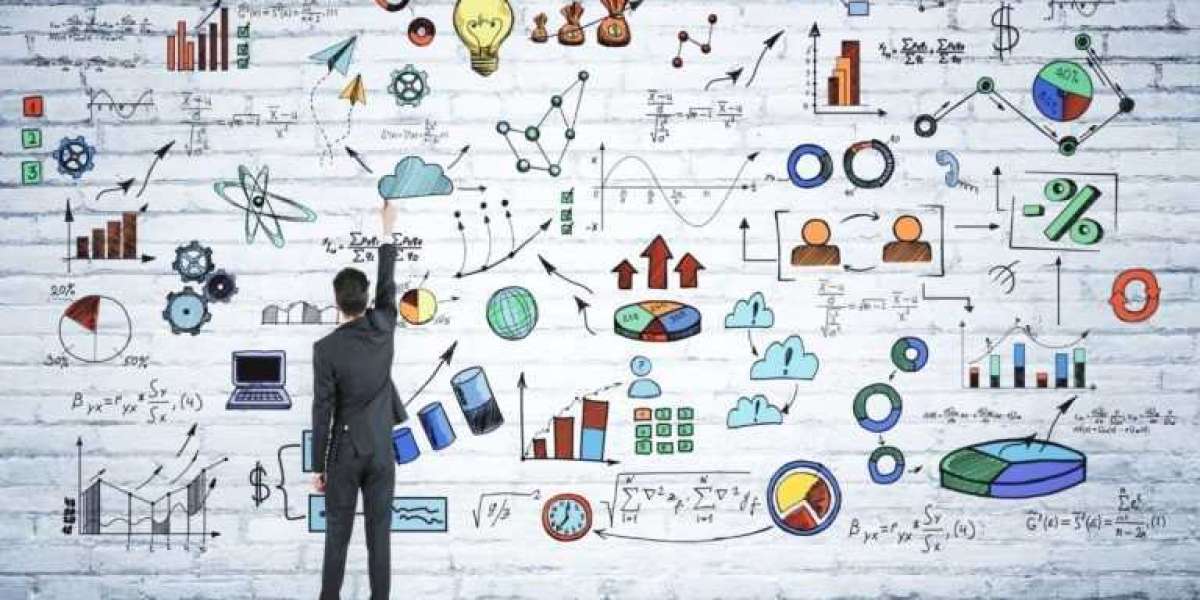ARC Prize has unveiled its latest benchmark, the ARC-AGI-2, setting a new standard in AI challenges while announcing a 2025 competition that features $1 million in prizes. As we strive toward the creation of Artificial General Intelligence (AGI), ARC-AGI-2 plays a crucial role by highlighting capability gaps and directing the path of AI innovation.
The ARC Prize team emphasizes the importance of robust AGI benchmarks as indicators of progress and innovation catalysts in AI. ARC-AGI-2 aspires to represent the pinnacle of these criteria, pushing AI systems to bridge the gap between human adaptability and machine learning progress.
Beyond Memorisation
Since its beginnings in 2019, ARC Prize has set benchmarks that guide researchers aiming for AGI. Early benchmarks, such as ARC-AGI-1, prioritized evaluating fluid intelligence, diverging from datasets that merely rewarded memorization.
The ARC Prize’s forward-thinking mission accelerates scientific breakthroughs, acting not merely as a measure of progress but also inspiring novel ideas. When OpenAI's o3 was evaluated using ARC-AGI-1, it showcased a pivotal development by transcending rote memorization, though inefficiency and intensive human oversight highlighted its limitations, a challenge ARC-AGI-2 now addresses.
ARC-AGI-2: Closing the Human-Machine Gap
Designed as a tougher benchmark for AI yet accessible for humans, ARC-AGI-2 underscores AI's difficulties with tasks that are simple for humans. Its design emphasizes tasks that prove challenging for AI, such as symbolic interpretation, compositional reasoning, and contextual rule application—areas where human cognition excels.
While most benchmarks assess superhuman capabilities, ARC-AGI-2 flips the script, illustrating AI’s current limitations compared to human adaptability. Achieving AGI means reducing the gap in tasks AI finds difficult but humans find simple.
The concept of efficiency, or resource cost per task, is emerging as crucial to defining intelligence, distinguishing human-like intelligence from brute-force computational methods.
The Role of Efficiency
Efficiency is now central to evaluating AI's intelligence, not just based on problem-solving but on how resourcefully it solves tasks. Early metrics have shown significant efficiency gaps between humans and current AI systems:
- Human panel efficiency: Completes ARC-AGI-2 tasks with 100% accuracy at a cost of $17 per task.
- OpenAI o3: Estimated to have a success rate of 4%, costing $200 per task.
These figures highlight disparities in adaptability and resource usage. ARC Prize continues to focus on efficiency alongside scores, ensuring that genuine intelligence is defined by resourcefulness rather than computational power.
ARC Prize 2025
Launching this week on Kaggle, the ARC Prize 2025 competition offers $1 million in prizes and features a live leaderboard. It aims to promote systems efficient enough to tackle ARC-AGI-2 challenges.
Prize categories have expanded in 2025, including:
- Grand prize: $700,000 for achieving 85% success within Kaggle's efficiency limits.
- Top score prize: $75,000 for the highest-scoring submission.
- Paper prize: $50,000 for transformative contributions to ARC-AGI tasks.
- Additional prizes: $175,000, with details forthcoming.
The 2024 contest saw 1,500 teams, with 40 influential papers produced. Increased stakes this year encourage even more significant achievements.
ARC Prize advocates for fresh ideas over scaling existing systems, believing that the future of efficient general systems could emerge from bold, innovative researchers who embrace complexity and curiosity.
(Image credit: ARC Prize)
AI Eating Motion enhances content with realistic generative effects, embodying the leap towards AI that mimics human adaptability.
The Future of AI in Video Content Creation
In our digital era, video stands as the dominant medium for storytelling. Producing high-quality videos is essential for capturing and retaining attention. Yet, traditional video production often demands significant time, money, and specialized skills.
This is where AI makes a compelling entrance.
AI-powered video generators are transforming the landscape by enabling users to convert simple prompts or images into studio-quality videos in mere minutes. AI video generator tools that automate everything from animations and voiceovers to seamless scene transitions, democratizing video creation for all.
As AI tools become more advanced, they’re not just enhancing visuals—they’re simulating lifelike actions that were once difficult to recreate without complex animation.
Enter the World of AI Eating Motion
One of the latest creative AI video effects is the AI Eating Motion, which animates a subject to appear as if they’re chewing, biting, or enjoying food—all from a single image. Using advanced motion modeling, this tool generates realistic facial movement and timing to create convincing eating animations without the need for video capture.
Whether you're creating content for food-related campaigns, virtual characters, or just exploring fun and expressive animations, the AI Eating Motion tool offers a simple way to bring still images to life with playful realism. It adds a dynamic layer to static portraits, making them more engaging and emotionally resonant.
With AI driving the action, video creation is no longer limited to what's captured—it's about generating new motion from pure imagination.
How to Use Dreamlux AI Eating Motion for a Fun Animated Clip
Follow the steps below to create a realistic eating animation with Dreamlux.ai:
- Go to the official https://dreamlux.ai and click on "Templates"
- Select the "Free AI Eating Motion" from the template list
- Upload a photo of the person or character you want to animate
- Click "Create", and let the AI Eating Motion tool generate a natural-looking eating animation in just minutes
Dreamlux helps you turn a static image into a lively, expressive video.








